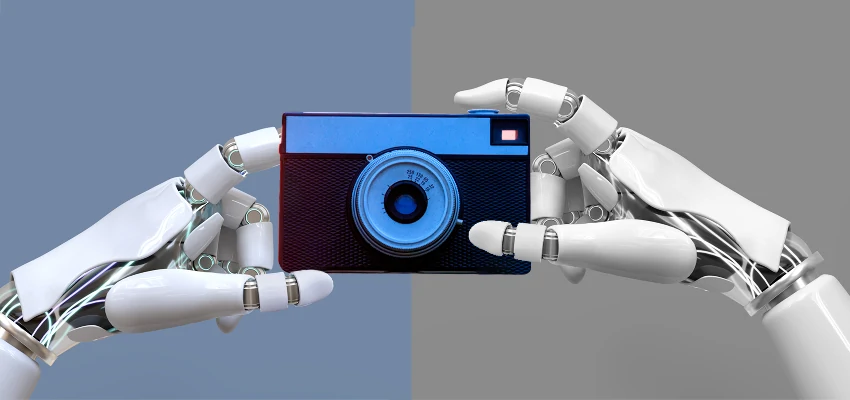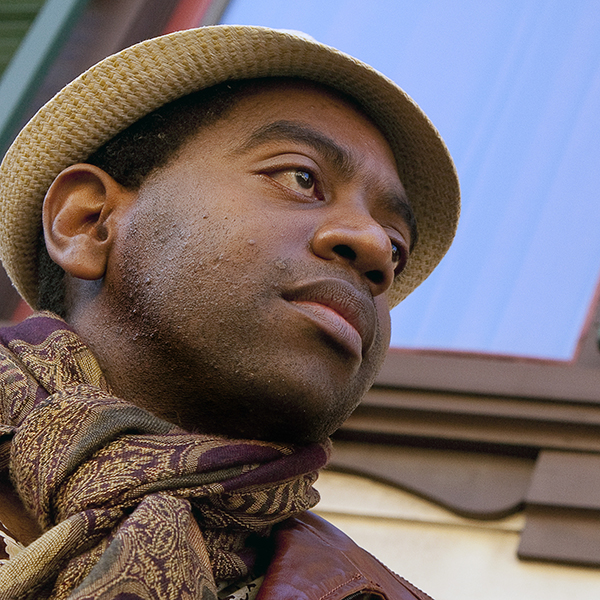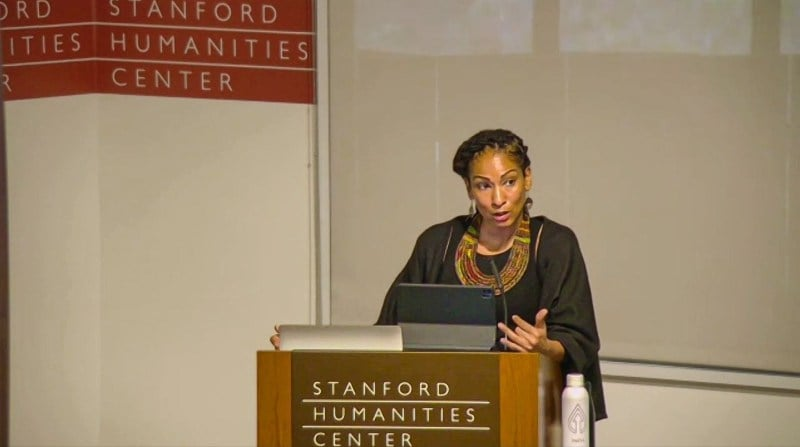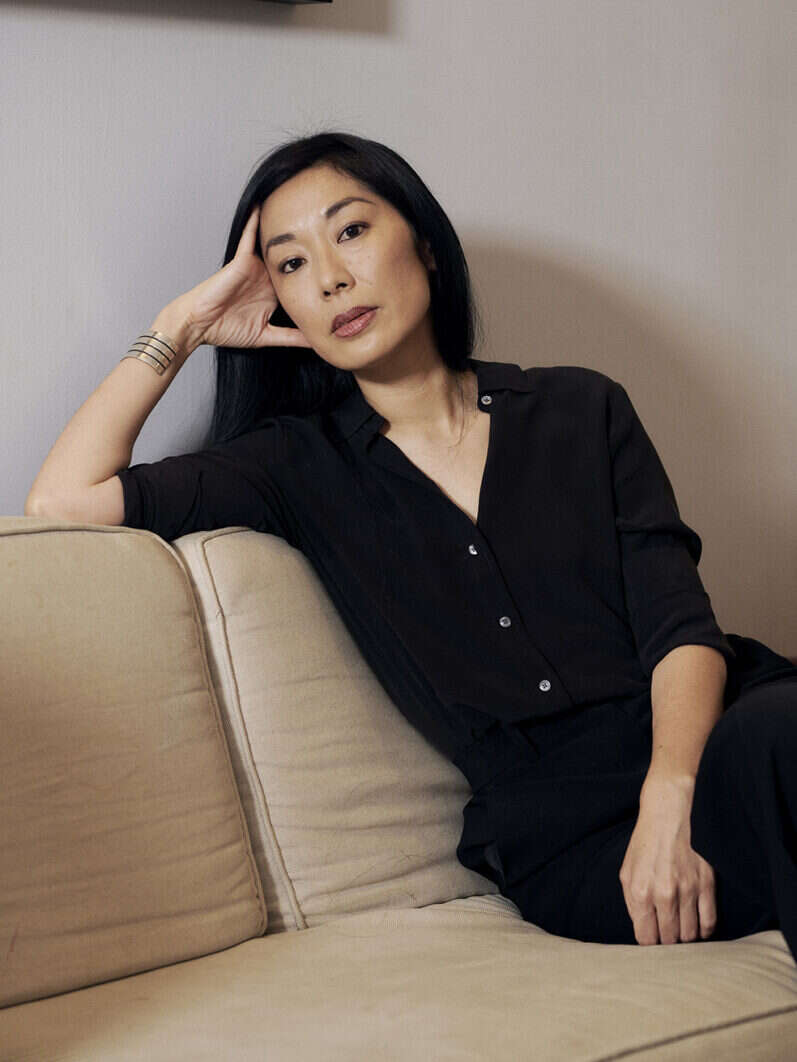AI in photojournalism is revolutionizing the way we capture and preserve our visual history, offering both opportunities and challenges in equal measure. As technologies like artificial intelligence photography become more prevalent, they raise pressing questions about the integrity of images in journalism. Kira Pollack, a leading figure in the field, is at the forefront of this transformation, exploring how photojournalism technology can be harnessed to preserve vital photo archives before they are lost to time. While some fear that AI might blur the lines between reality and fabrication, Pollack sees it as a tool to enhance our understanding and accessibility of historical imagery. The impact of AI on photography can potentially ensure that authentic stories are not just preserved but also made discoverable for future generations.
Artificial intelligence is making waves in the realm of visual storytelling, especially within the discipline of photojournalism. The integration of innovative technology has sparked discussions around the preservation and contextualization of crucial image archives that document significant historical moments. Prominent figures like Kira Pollack are advocating for the ethical use of AI to enhance the operational capabilities of photographers, ensuring that their work is not only safeguarded but also appreciated. As we navigate this digital age, the emergence of AI offers fresh perspectives on how we interpret and maintain the visual narratives that define our world. Understanding these evolving dynamics is essential for effectively blending creativity and technology in the field of photography.
The Evolution of AI in Photojournalism
The intersection of artificial intelligence and photojournalism is rapidly evolving, sparking both excitement and concern among visual storytellers. As AI technology becomes more sophisticated, it has begun to challenge traditional photography methods, raising important questions about authenticity and trust. With advancements in photojournalism technology, tools have emerged that not only assist in the creation of images but also in their interpretation and analysis. This duality presents a pivotal moment for photojournalists; the same technology that poses a risk to their craft also provides innovative solutions for preserving the visual narrative of our time.
Kira Pollack, a leading figure in this conversation, emphasizes the need for photojournalists to adapt to this technology while leveraging its benefits. Her deep understanding of visual storytelling—honed at outlets like Vanity Fair and Time Magazine—equips her with the insights to explore how AI can enhance, rather than diminish, the art form. By using AI to analyze and catalog vast archives, a new layer of accessibility can be introduced, ensuring that the records of significant events are not only preserved but also understood in a way that honors their historical context.
Preserving Photo Archives with Artificial Intelligence
One of the critical issues facing photojournalism today is the preservation of its archives. Pollack’s project highlights the vital need to protect these invaluable records, particularly amid the growing prevalence of AI-generated imagery that can blur the lines of reality. By utilizing artificial intelligence photography, Pollack aims to develop methodologies that safeguard the intent and legacy of professional photojournalists. The challenge lies in creating a system that organizes and contextualizes these archives ethically, ensuring they remain accessible and true to their original narratives.
Through partnerships with experienced photojournalists, Pollack’s approach includes conducting case studies that assess the capabilities of AI in interpreting complex images. By dissecting the rich context found within images—be it emotional subtleties or storytelling elements—AI can contribute significantly to preserving photo archives. This means that not only does technology aid in maintaining these records, but it also enriches the understanding of their content, enhancing future access and appreciation for generations to come.
The Impact of AI on Visual Truth
While AI offers promising solutions for photojournalism, it undeniably raises concerns about the erosion of trust in visual media. As generative AI models become capable of creating photorealistic images with ease, the distinction between reality and fabrication becomes increasingly obscured. This reality breeds skepticism in audiences, as evidenced by the rapid sharing of manipulated images across social platforms, often without the necessary context or verification. The implications for photojournalism are profound, as trust remains a cornerstone of the profession.
Pollack addresses this dichotomy by advocating for a responsible deployment of AI that prioritizes the integrity of real photojournalism. By focusing on the curatorial aspect of AI technology—using it to manage, enhance, and protect the authenticity of existing photographic works—she emphasizes that the goal should be to reinforce rather than undermine trust in visual storytelling. Through her research at the Shorenstein Center, Pollack aims to contribute to a framework where AI is utilized to protect visual truth, fostering a future where authenticity in photojournalism remains paramount.
Navigating Copyright Issues in AI and Photojournalism
As AI technology evolves, so too do the complexities surrounding copyright and ownership in the realm of photography. Many professional photojournalists worry about their work being utilized without consent in AI training datasets, potentially leading to unauthorized use and misrepresentation. This reality brings forth urgent discussions on how best to protect the rights of creators while still embracing the benefits of technological advancements. Pollack’s research aims to address these issues by advocating for ethical practices regarding AI and intellectual property.
By exploring the implications of AI in photojournalism, Pollack seeks to strike a balance between innovation and protection. Understanding copyright laws and engaging with legal experts and ethicists will be crucial in shaping a future where AI can assist in archiving and cataloging images without infringing upon the original creator’s rights. Through thoughtful dialogue and collaboration, the photojournalism community can navigate these challenges, ensuring that advancements in technology serve to enhance the industry while safeguarding the rights of visual storytellers.
Harnessing AI’s Potential for Ethical Storytelling
The integration of AI into photojournalism also calls for a reevaluation of storytelling techniques. As Pollack investigates how AI can bring depth and context to photography archives, there lies an opportunity to enrich the narrative experience for both creators and viewers. AI tools can extract insights from historical images, revealing layers of emotional and contextual depth that might otherwise go unnoticed. This capability not only enhances the visibility of archival work but also serves as a platform for immersive storytelling.
By redefining how stories are told through AI, photojournalism can transcend conventional boundaries. Pollack’s ambition is to cultivate a new paradigm where technology complements the photographic narrative, allowing for a more profound engagement with history. As photographers and technologists collaborate, the potential to create dynamic and interactive archives emerges, ensuring the stories contained within are preserved and celebrated for their complexity and significance.
Kira Pollack’s Vision for the Future of Photography
Kira Pollack’s work at the Shorenstein Center represents a transformative moment in photojournalism, where the convergence of technology and storytelling creates new avenues for preservation and understanding. Her insights into artificial intelligence and its implications for photography reflect a deep commitment to the core values of the craft: truth, authorship, and memory. Through her fellowship, she hopes to inspire a collective movement towards responsible technology adoption within the photography community, emphasizing the importance of adapting to change while upholding journalistic integrity.
By fostering dialogues between technologists, photographers, and ethicists, Pollack’s vision includes a future where AI serves as a trusted ally rather than a threat. Her efforts to explore the potential of AI to enhance photojournalism while mitigating risks of misinformation are a testament to her dedication to the profession. Pollack aims to not only preserve the visual history encapsulated in archives but also ensure that its interpretation remains faithful to the narratives that define our world.
The Role of Collaborations in Advancing Photojournalism
Collaborative efforts between photojournalists and technologists are critical in addressing the challenges presented by artificial intelligence. Pollack’s work exemplifies the power of teamwork, merging the talents of visual storytellers with the innovative capabilities of AI specialists. Through collaborative case studies and research, they can unlock new methodologies for preserving photojournalistic integrity while redefining how audiences engage with historical images. Such partnerships foster creativity and encourage the exploration of solutions that uphold the spirit of journalism.
Moreover, including diverse perspectives in these collaborations can enrich the conversation surrounding technology’s role in photojournalism. By involving historians, ethicists, and policy makers in discussions, Pollack aims to create a holistic understanding of the implications of AI. Addressing the concerns of various stakeholders ensures that the future of photojournalism is shaped by shared values and aspirations, reinforcing the standards of ethics, accountability, and creativity in the industry.
AI-Driven Solutions to Enhance Viewer Engagement
The integration of artificial intelligence into photojournalism also presents an opportunity to enhance viewer engagement with visual content. AI-driven solutions can facilitate the curation of personalized experiences, allowing audiences to interact with photographs in more meaningful ways. By leveraging machine learning and data analytics, it becomes possible to offer insights and context tailored to individual interests, ultimately fostering a deeper connection between the viewer and the story behind the images.
Pollack’s vision includes using AI not only to preserve the visual record but also to bridge the gap between history and contemporary audiences. By implementing advanced technologies in storytelling, the potential emerges to create immersive experiences—transforming how photographs are perceived and understood. This innovation opens new channels for appreciation, ensuring that the history captured by photojournalists is both accessible and engaging for a digital-savvy generation.
Addressing Ethical Challenges in AI Use
As photojournalism ventures further into the realm of artificial intelligence, the ethical implications of technology deployment cannot be overlooked. Concerns about data privacy, the integrity of the original works, and the potential for bias in AI algorithms demand thorough examination by the community. Pollack’s advocacy for ethical practices in AI utilization begins with transparency and accountability, both essential components in maintaining trust with audiences and creators alike.
Moreover, fostering a culture of ethical awareness within the photojournalism community will be critical as AI continues to evolve. This includes ongoing conversations around the implications of emerging technologies and the development of guidelines that ensure responsible use. Pollack’s exploration into how AI can be used to uplift rather than replace traditional methods serves as a model for navigating these complexities thoughtfully and respectfully.
Frequently Asked Questions
What is the impact of AI on photojournalism and its archives?
AI is transforming photojournalism by providing innovative ways to preserve and catalog vast archives of images. While it raises concerns about the authenticity of visuals due to the creation of synthetic images, AI can also enhance the accessibility and organization of historical photojournalism archives, ensuring that critical visual records remain intact.
How can artificial intelligence photography be used ethically in the context of photojournalism?
Ethical use of artificial intelligence photography in photojournalism involves employing AI tools to support the preservation and contextualization of real images, rather than generating fake content. By focusing on responsible applications, photojournalists can utilize AI to enhance storytelling while maintaining the integrity and truthfulness of their work.
What role does Kira Pollack play in advancing AI in photojournalism technology?
Kira Pollack, as a Shorenstein Fellow, is at the forefront of exploring how AI can be leveraged to protect and preserve photojournalism archives. Her research aims to use AI to improve the accessibility and understanding of historical photographic works while addressing challenges related to copyright and authorship in the digital age.
In what ways can AI help preserve photo archives for future generations?
AI can aid in preserving photo archives by automating the cataloging process, making images more discoverable, and analyzing their content for context and narrative depth. This technology helps ensure that invaluable visual histories captured by photojournalists are not lost but accessible for future generations to learn from.
What are the risks of relying on AI-generated images in the field of photojournalism?
The risks associated with AI-generated images in photojournalism include the potential for misinformation and the erosion of public trust, as these synthetic images can blur the line between reality and fabrication. Furthermore, issues of copyright infringement arise when authentic images are used without consent to train AI models, threatening photographers’ rights.
How does the evolution of AI challenge traditional photojournalism practices?
The evolution of AI presents challenges to traditional photojournalism practices by introducing competition through generative technologies that can create photorealistic images. This may lead to questions about authenticity, authorship, and the future relevance of human photojournalists in a landscape where AI can produce compelling visual narratives.
What makes Kira Pollack’s approach to AI in photojournalism unique?
Kira Pollack’s approach to AI in photojournalism is unique because she focuses on using technology to enhance and preserve real visual narratives rather than creating new ones. Her emphasis on ethical applications, coupled with her extensive experience in the field, allows her to bridge the gap between tradition and innovation, ensuring that the core values of photography are upheld.
How are photojournalists adapting to the advancements in AI technology?
Photojournalists are adapting to advancements in AI technology by exploring ways to harness these tools for enhancing their work rather than viewing them as threats. Many are increasingly using AI to streamline workflows, manage archives, and engage deeper storytelling, while remaining vigilant about the ethical implications of AI’s impact on their craft.
| Key Point | Details |
|---|---|
| Impact of AI | AI poses a threat to photojournalism through copyright issues and creation of synthetic images, which blur the line between reality and fiction. |
| Kira Pollack’s Research | Kira Pollack, a Shorenstein fellow, is exploring how AI can help preserve photojournalism archives, making the visual record more accessible and safeguarding it from distortion. |
| Experiments with AI | Pollack is conducting case studies using war photographer Christopher Morris’s images, testing AI’s ability to analyze complex conflict photography. |
| Ethical Considerations | Key concerns include the erosion of trust due to AI-generated images and the risk of copyright infringement from unauthorized AI training. |
| Hopes for AI in Photojournalism | Pollack aims to utilize AI responsibly to preserve and catalog photojournalism without compromising the integrity and intention behind the images. |
Summary
AI in photojournalism presents both challenges and opportunities, as highlighted by Kira Pollack’s research at the Shorenstein Center. While AI poses threats to the integrity of visual storytelling through the risk of creating misleading images and potential copyright violations, it also offers innovative solutions for preserving the invaluable archives of photojournalism. By harnessing AI technology, Pollack aims to not only organize and contextualize this essential visual history but also ensure that it remains truthful and authoritative. The future of photojournalism depends on how we can effectively leverage AI to protect and enhance the narrative capability of the medium, fostering a deeper understanding of the images that shape our world.



